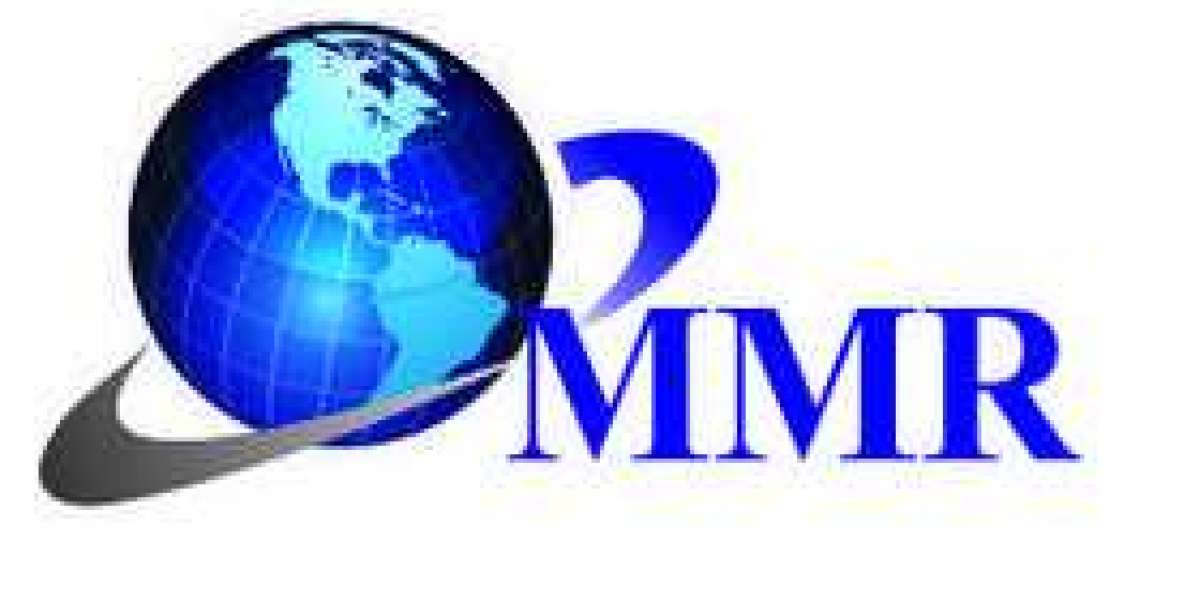Introduction
In the realm of healthcare, efficiency and accuracy are paramount, especially when it comes to billing processes. DME (Durable Medical Equipment) billing plays a crucial role in ensuring that patients receive the necessary equipment while healthcare providers are properly compensated for their services. In this comprehensive guide, we'll delve into the intricacies of DME billing, covering everything from its importance to best practices and FAQs.
Understanding DME Billing
DME billing refers to the process of billing for durable medical equipment, which includes items such as wheelchairs, oxygen equipment, hospital beds, and more. It involves submitting claims to insurance companies or government payers to receive reimbursement for the cost of these essential medical devices.
DME billing requires thorough documentation and adherence to specific coding guidelines to ensure accuracy and compliance with regulatory requirements. Healthcare providers must accurately document the necessity of the equipment and submit claims with the appropriate codes for reimbursement.
Importance of Accurate DME Billing
Accurate DME billing is essential for several reasons:
- Patient Access to Equipment: Proper billing ensures that patients receive the necessary medical equipment without unnecessary delays.
- Financial Stability: Healthcare providers rely on reimbursement from insurance companies to maintain financial stability and continue providing quality care.
- Compliance: Adhering to billing regulations and guidelines helps healthcare organizations avoid penalties and legal issues.
- Patient Satisfaction: Streamlined billing processes contribute to overall patient satisfaction by minimizing billing errors and delays.
The DME Billing Process
The DME billing process typically involves the following steps:
1. Patient Assessment and Documentation
Healthcare providers assess the patient's needs for durable medical equipment and thoroughly document the necessity of the equipment in the patient's medical records.
2. Verification of Insurance Coverage
Providers verify the patient's insurance coverage to determine eligibility for reimbursement of DME expenses.
3. Coding and Billing
Qualified professionals assign appropriate billing codes to the medical equipment and submit claims to insurance companies or government payers for reimbursement.
4. Claims Adjudication
Insurance companies review the submitted claims, verify the provided information, and determine the amount of reimbursement owed to the healthcare provider.
5. Reimbursement and Payment
Upon approval, insurance companies reimburse the healthcare provider for the cost of the durable medical equipment, ensuring financial compensation for the services rendered.
Best Practices for DME Billing
To optimize DME billing processes and ensure efficiency and accuracy, healthcare providers should follow these best practices:
1. Stay Updated on Billing Regulations
Regularly review and stay updated on changes to billing regulations and coding guidelines to ensure compliance and minimize billing errors.
2. Thorough Documentation
Document patient assessments, medical necessity, and equipment usage thoroughly to support claims and facilitate the billing process.
3. Timely Submission of Claims
Submit claims promptly to avoid delays in reimbursement and ensure steady cash flow for the healthcare organization.
4. Utilize Electronic Billing Systems
Implement electronic billing systems to streamline the billing process, reduce paperwork, and minimize errors associated with manual data entry.
5. Train Staff on Billing Procedures
Provide comprehensive training to staff members involved in the billing process to ensure consistency and accuracy in coding and documentation.
FAQs (Frequently Asked Questions)
Q: What is the role of medical coding in DME billing? A: Medical coding involves assigning specific codes to medical procedures, diagnoses, and equipment for billing and reimbursement purposes in DME billing.
Q: How long does it take to receive reimbursement for DME claims? A: The timeframe for reimbursement varies depending on factors such as the insurance company's processing time and the complexity of the claim.
Q: Can patients purchase DME equipment directly without involving insurance? A: Yes, patients can purchase durable medical equipment directly, but they may be eligible for reimbursement if they have insurance coverage that includes DME benefits.
Q: What are some common billing errors in DME billing? A: Common billing errors include incorrect coding, lack of supporting documentation, and failure to verify insurance coverage before billing.
Q: Are there any specific regulations governing DME billing? A: Yes, DME billing is subject to regulations set forth by government payers such as Medicare and Medicaid, as well as private insurance companies.
Q: How can healthcare providers minimize claim denials in DME billing? A: Healthcare providers can minimize claim denials by ensuring accurate documentation, timely submission of claims, and adherence to billing regulations and guidelines.
Conclusion
Effective DME billing is essential for ensuring timely access to vital medical equipment for patients while maintaining financial stability for healthcare providers. By adhering to best practices, staying informed about billing regulations, and leveraging electronic billing systems, healthcare organizations can streamline the billing process and optimize reimbursement. Remember to prioritize accurate documentation, timely submission of claims, and ongoing staff training to minimize errors and maximize efficiency in DME billing processes.



